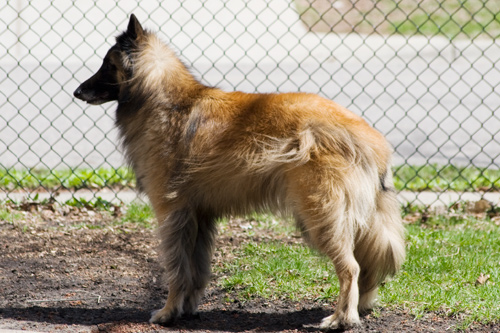If you saw a Belgian Malinois, you’d probably mistake it for a German shepherd, I know I initially would. But although the two look very similar, so similar in fact, that you’d think they’d be related, they’re actually two very different breeds with absolutely no relation to one another.
Belgian Malinois are often called Mals for short, and their generations of strength, bravery, and determination have seen them become one of the most popular working dogs on the planet.
In this article, we take a closer look at the Belgian Malinois breed, highlighting why law enforcement favors it over other breeds, as well as Mal’s appearance, temperament, and traits.
Vital Records
Although the Belgian Malinois was initially bred for herding, these smart and versatile dogs have excelled in other professions, like protection and law enforcement, search and rescue, and therapy assistance. Here are the Belgian Malinois’ vital records and statistics:
- Male Height: 24 to 26 inches at the shoulder
- Female Height: 22 to 24 inches at the shoulder
- Male Weight: 60 to 80 pounds
- Female Weight: 40 to 60 pounds
- Life Expectancy: 14 to 16 years
- Energy Level: High-energy; requires plenty of strenuous exercise and mental stimulation
- Trainability: Highly trainable
- Dog Type: Herding dogs
- Shedding: Moderate shedding
- Breed Status: Ranked 36 on the American Kennel Club’s most popular dog breed list for 2021
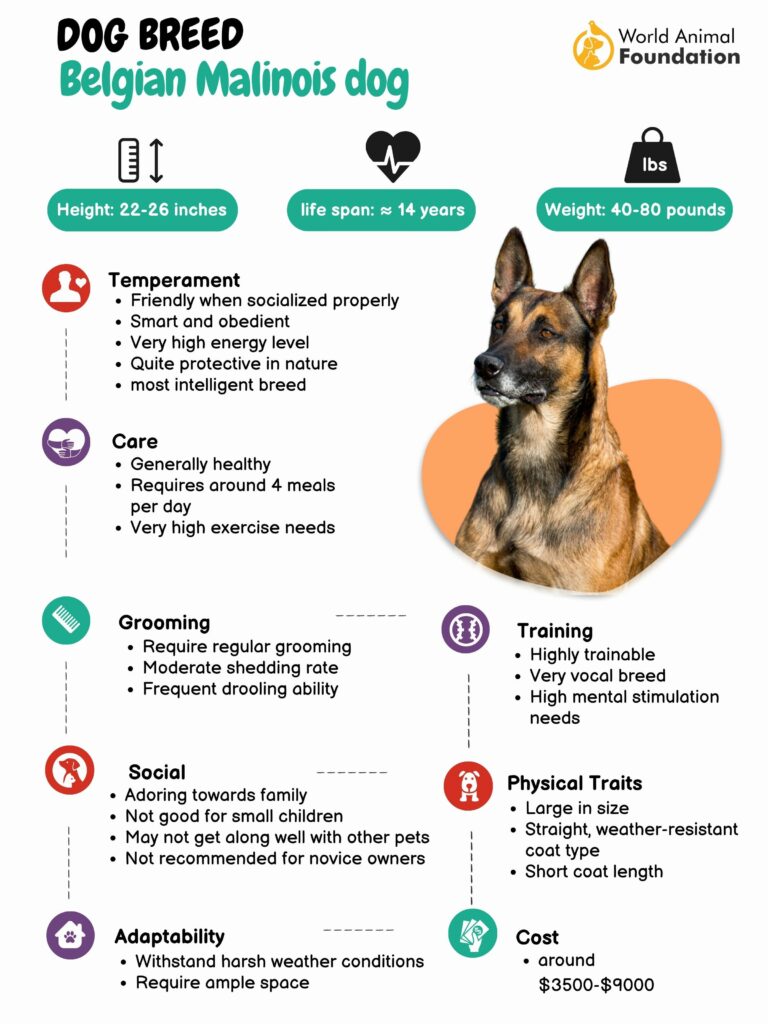
About the Breed
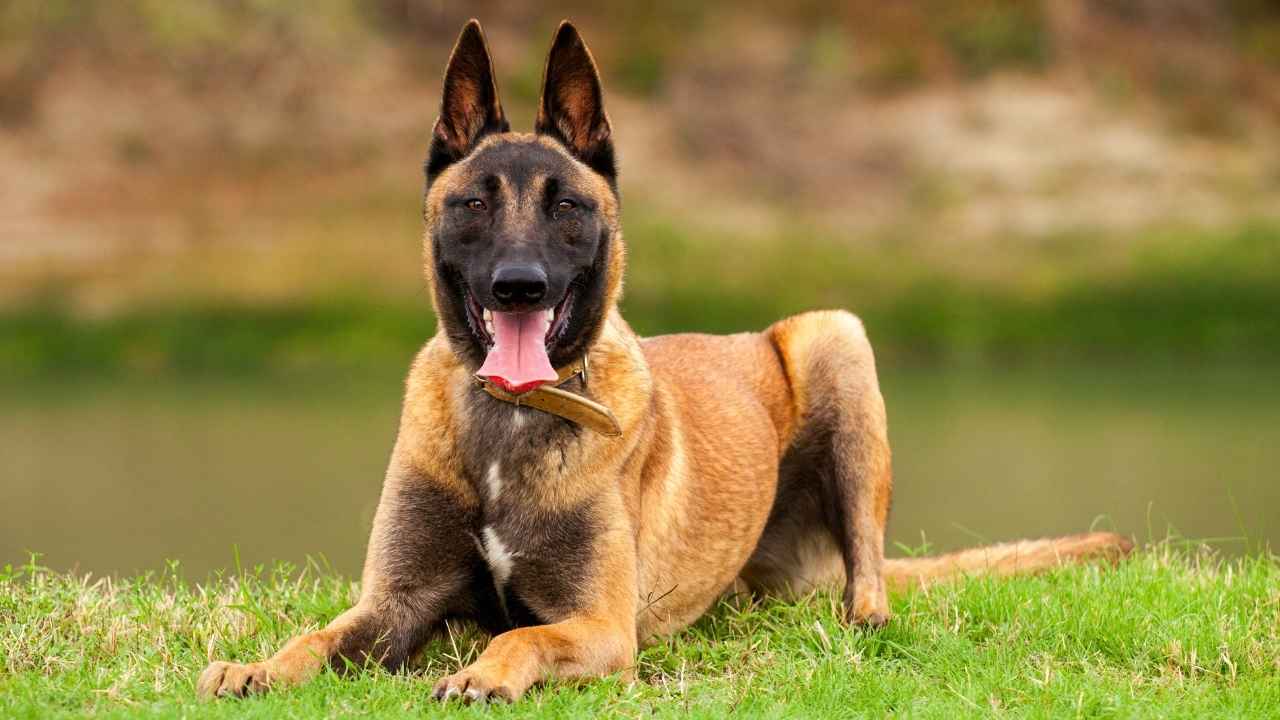
The Belgian Malinois is one of four Belgian herding dogs, which many people categorize under one breed, the Belgian shepherd.
The registry of purebred dog pedigrees in the United States, The American Kennel Club, however, classifies the Groenendael, the Tervuren, the Laekenois, and of course, the Malinois as separate breeds, which you can tell apart by their distinctive coat lengths and, colors.
Belgian Malinois dogs, despite their need for regular exercise and mental stimulation, are low-maintenance dogs who are good with children, as well as other dogs, as long as you properly introduce them to one another.
Herders initially bred the Belgian Malinois to be strong, agile, and alert. With intelligent minds and a determined work ethic, the Malinois fulfilled its purpose of being a herding dog, capable of rounding up sheep and cattle in northwestern Belgium close to the city of Malines.
At a first glance, these dogs may share similarities to the more well-known German shepherd, but the two are not directly related. If you were to stand a German shepherd and a Belgian Malinois next to one another, you would easily be able to pick up differences in their builds and coats.
Belgian Malinois have short double coats, lean, square-shaped, slightly smaller bodies, more triangular ears, and narrow, longer faces. Malinois may be the same height as their doppelganger German shepherd counterparts, however, German shepherds can weigh up to 10 pounds more and typically sport medium to long coats.
Today, despite Belgian shepherds being once predominantly herding breeds, the Malinois has found its way into more serious and challenging professions, as well as into our hearts and homes as family pet.
History of the Belgian Malinois
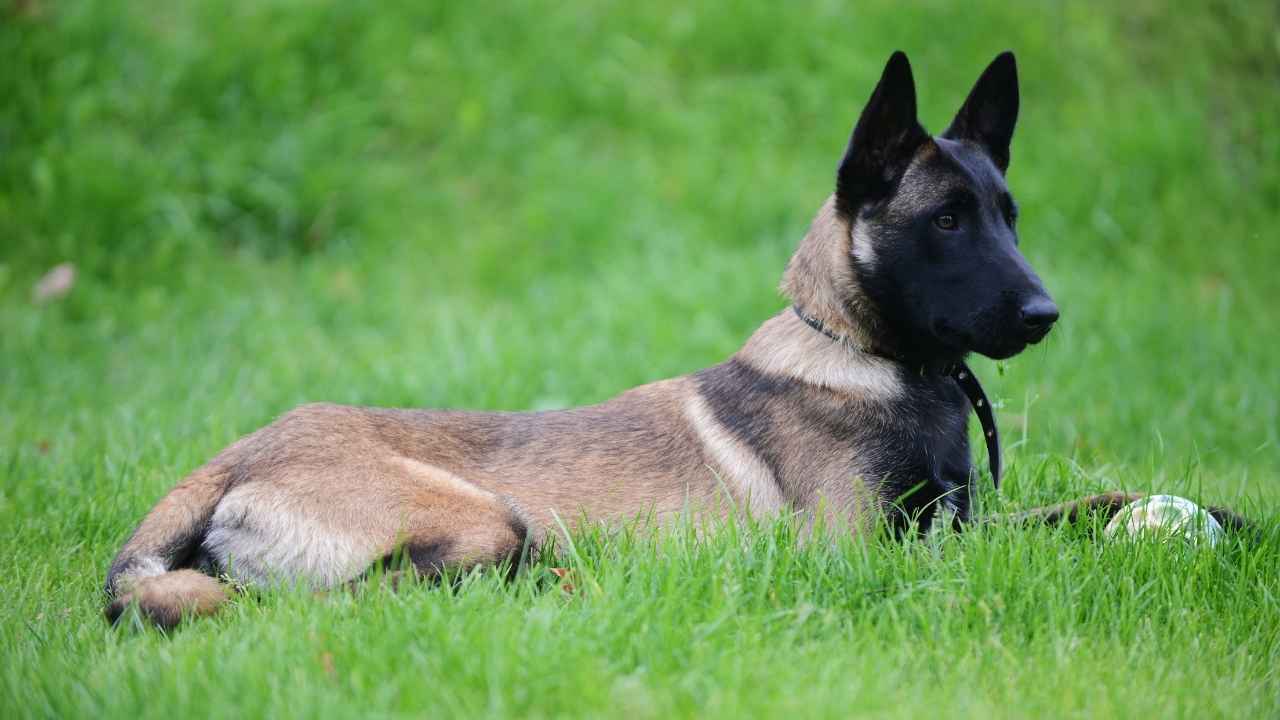
Although The American Kennel Club recognized the Malinois as a separate breed in 1959, their history dates back to 1882 when what is believed to be the very first Malinois, Salmo, was born.
One of the most monumental years for the Belgian shepherd breeds was in 1891 when The Chien de Berger Belge (Belgian shepherd dog club) was founded. The club got to work and began to research whether Belgium actually had a national native shepherd dog type.
The Chien de Berger Belge’s panel of experts analyzed 117 dogs and came to the conclusion that there was a consistent type of Belgian shepherd breed which led to the first Belgian shepherd dog standard and the variations being named after the towns in which they originated.
The first records of the Belgian Malinois stepping foot in America were in 1911 when they were shipped over from Europe to assist shepherds in herding their livestock.
Before the Second World War, the Belgian Sheepdog Club was formed, and Malinois flourished in the U.S., with their populations growing steadily, however, when the war halted the breed import, the Malinois population numbers inevitably dwindled.
Luckily for the Mals, they had some admirers, and in the 60s, their numbers once again began to rise throughout America.
It didn’t take long for people to notice the Malinois’ work drive, trainability, and versatility, which ultimately opened doors for the breed.
Today, as well as herding livestock like their ancestors once did, the Malinois is regularly employed as a protection dog, a search and rescue dog, a bomb and drug detection dog, and a service dog.
Types of Belgian Shepherd
The Belgian Malinois is one of four varieties under the Belgian shepherd breed. Here are the differences between the four:
Belgian Malinois
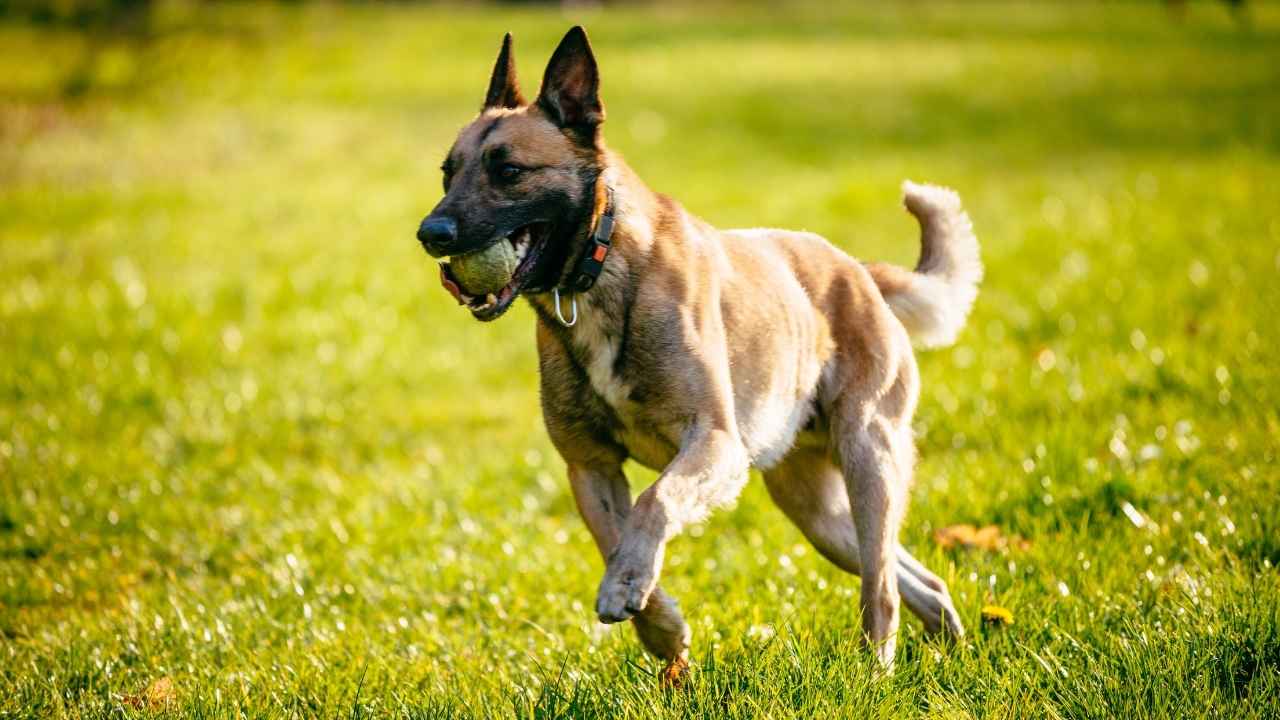
The Belgian Malinois is the biggest and most popular of all four Belgian shepherd varieties, as adult males can measure in at 26 inches and weigh up to 80 pounds. Belgian Malinois are most similar to the Belgian Tervueren, however, a Malinois coat is shorter and in five color variations.
Belgian Tervueren
Like the Belgian Malinois, the Belgian Tervueren is a sought-after police dog breed as they are trained to help law enforcement in Belgium.
Named after the Belgian village, Tervuren, the Belgian Tervueren stands up to 26 inches tall, weighs up to 75 pounds, and has a long double-layer coat in fawn and black or mahogany and black, which helps set it apart from the Malinois.
Belgian Groenendael
The AKC names the Belgian Groenendael the Belgian Sheepdog, and with a long black coat, it really is a beautiful-looking breed. No wonder it does well as a show dog. Belgian sheepdogs can be 26 inches tall, weigh up to 75 pounds, and sport an all-black or black-and-white coat.
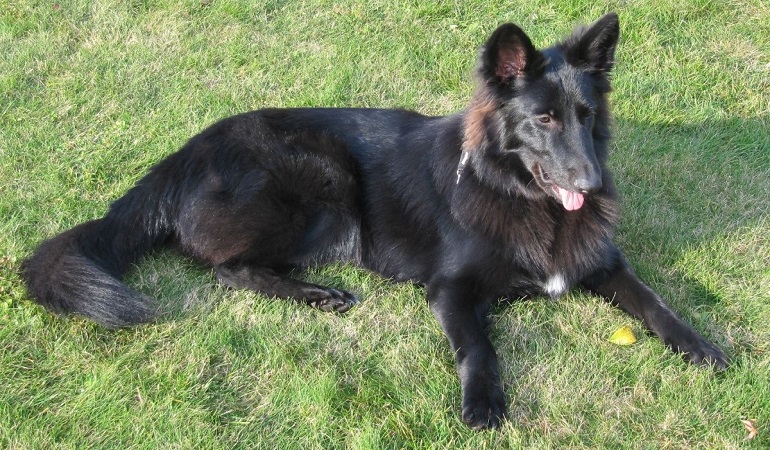
Belgian Laekenois
The final Belgian shepherd is the Belgian Laekenois, who stands out in comparison to his shepherd cousins. Belgian Laekenois is the smallest of the four, weighing up to 65 pounds. But what really sets them apart is their rough coats that come in red, gray, or fawn tones.
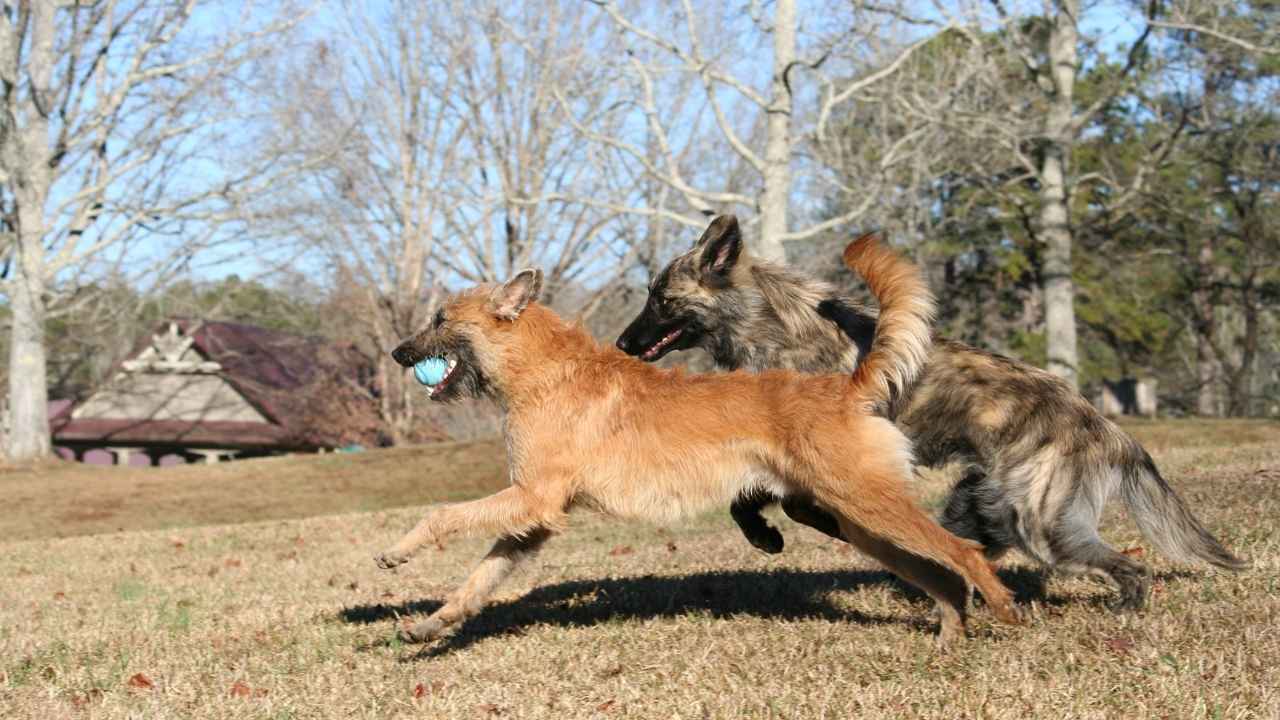
Belgian Malinois Facts
The Belgian Malinois is a seriously impressive breed. I mean, there aren’t exactly many breeds out there that excel in a whole range of different professions. Here are some interesting facts about the force to be reckoned with Belgian Malinois:
- You pronounce Belgian Malinois as Belgian mal-in-wa.
- The Belgian Malinois got its name from the city in which it originated, the Belgian city of Malines.
- In 1908, the AKC Gazette noted that five Belgian Sheepdogs were working for the New York City police force. Today, the Malinois is one of the top choices for police dogs all over the country.
- Most dogs who work with the Navy Seals are Malinois, with one of the most famous being Cairo, who helped take down the notorious Osama Bin Laden.
- During World War 1, the military recruited the Malinois to serve as messengers and cart pullers. They did so well that the Malinois also later served in World War II.
- The Belgian Malinois breed has worked for the secret service for nearly 50 years, guarding none other than the White House.
- The Kanha and Pench tiger reserves have hired Belgian Malinois to track down tiger poachers after they killed 20 tigers in 2016 for their body parts.
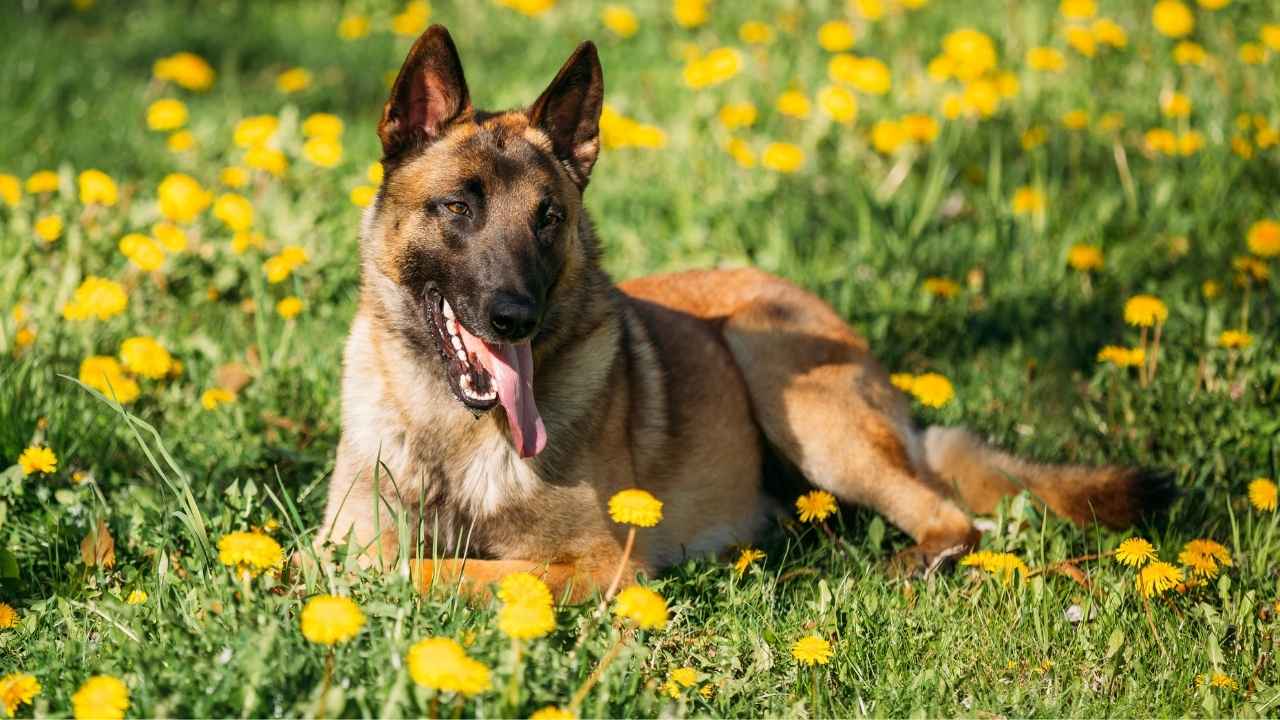
Traits and Characteristics of Belgian Malinois
Belgian Malinois are intelligent, hard-working, energetic, and enthusiastic. Really, they’re everything you could possibly want in a working dog breed. Due to their need to always be on the go, Malinois require lots of mental stimulation and an owner who is dedicated to giving them adequate exercise each and every day.
Regardless of being an excellent working breed, the Malinois can also adapt to family life as they get on well with children. If left alone for long periods of time, however, the Malinois will find ways to occupy themselves, and that isn’t the best news for your home or belongings.
I have two Dachshunds myself, and like the Belgian breeds, they tend to destroy things when they are home alone, so you’ll regularly be researching ways to keep a Malinois busy. If you want nice things in the house, that is!
Physical Appearance
Unfortunately for the Belgian Malinois, they regularly get misidentified due to their similar appearance to the German shepherd. However, there are ways to tell the two apart, thanks to some distinguishing characteristics.
Size
A purebred, fully-grown Belgian Malinois is 24 to 26 inches tall at the shoulder, with females being slightly shorter at under 24 inches.
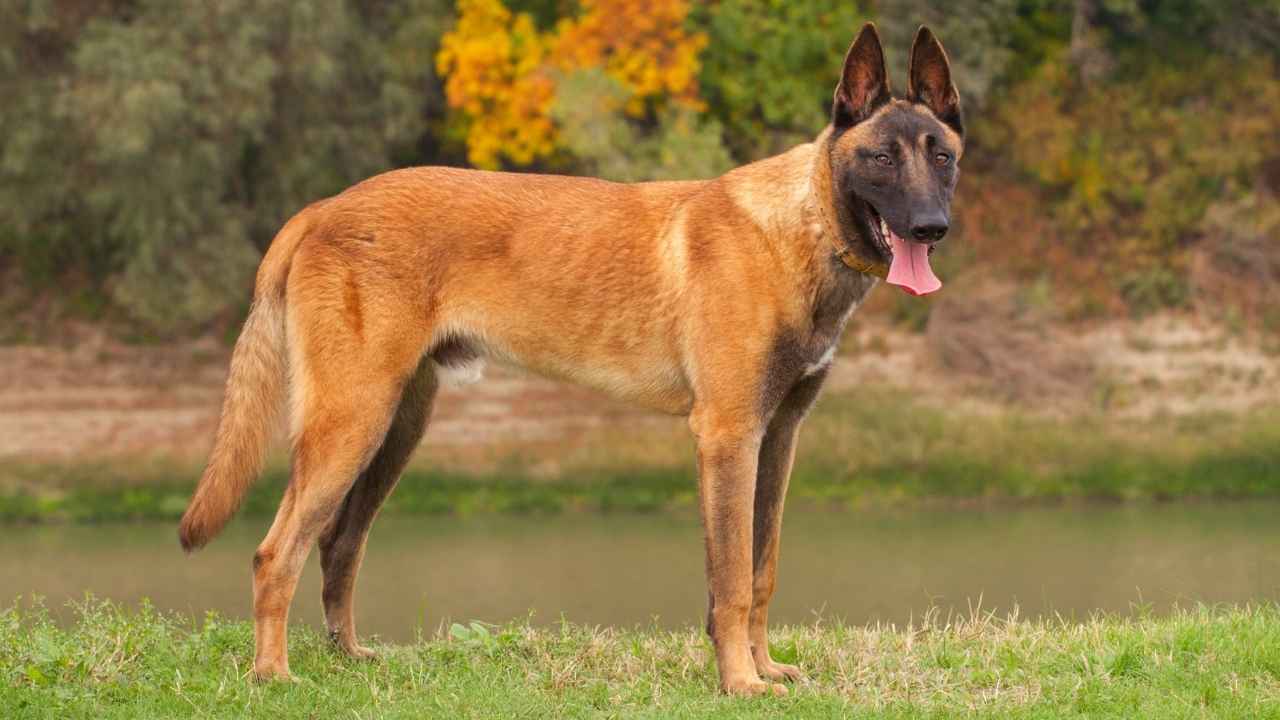
Weight
Male Belgian Malinois, with the correct nutrition, can weigh 60 to 80 pounds once they reach adulthood. Adult females, on the other hand, can weigh considerably less at 40 to 60 pounds.
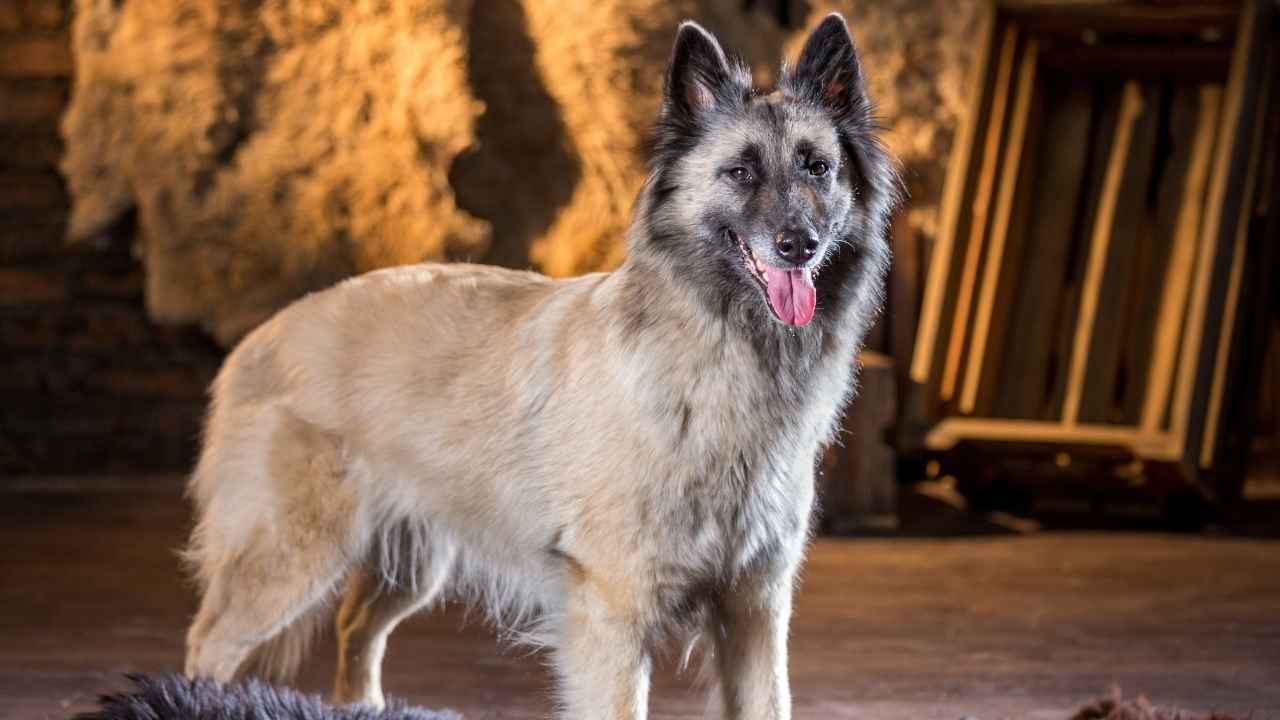
Coat
Both male and female Belgian Malinois have double coats in short lengths.
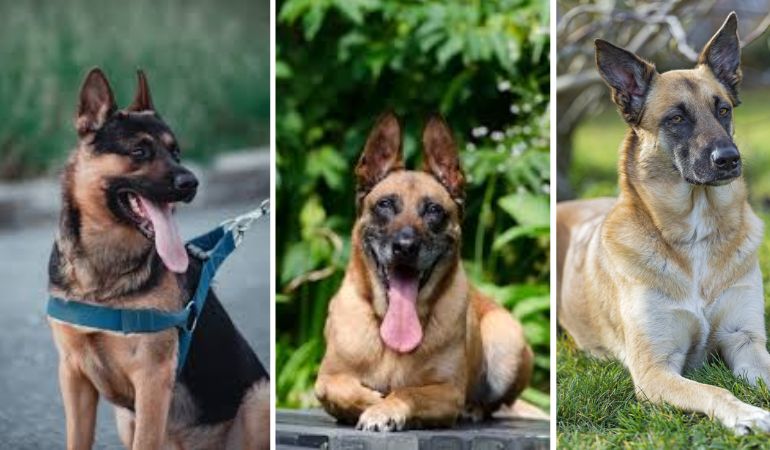
Color
A Belgian Malinois can sport a coat in one of five colors: fawn, mahogany, red, red sable, and fawn sable, with the most common coat colors being rich fawn or mahogany.
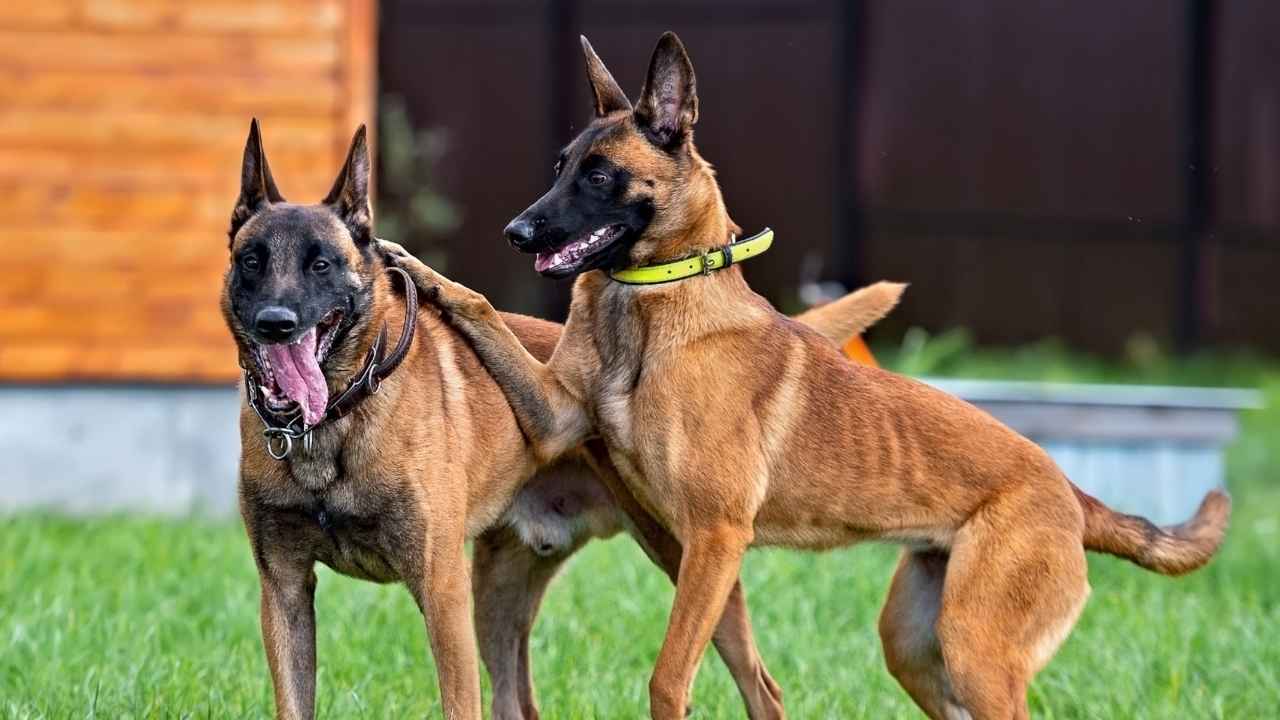
Belgian Malinois Temperament and Personality
Belgian Malinois are extremely smart and obedient dogs, but they do have the instinct to protect and can become very territorial of their space and their owners. When people hear protective, their mind instantly thinks aggressive, but that is not the case for a Belgian Malinois who has gone through adequate and extensive training.
Due to their herding background, Belgian Malinois are filled with energy and need mental stimulation, as well as physical exercise to keep their minds occupied. If a Malinois isn’t given the exercise it so desperately needs, then you may see an increase in the amount they bark and their behavior towards you and your furniture.
In the journey of effective training and management of a Belgian Malinois, integrating advanced technological tools can be a remarkable move. Reading through Halo collar reviews and SpotOn fence reviews, you’ll discover how these innovative devices have become instrumental in managing the vocal and physical activities of vibrant breeds like Malinois.
By creating a designated, invisible play area, these smart collars ensure your Malinois can burn off their boundless energy without compromising their security, making them an excellent companion for ensuring the temperament of your Belgian Malinois remains stable and friendly amidst the vitality.
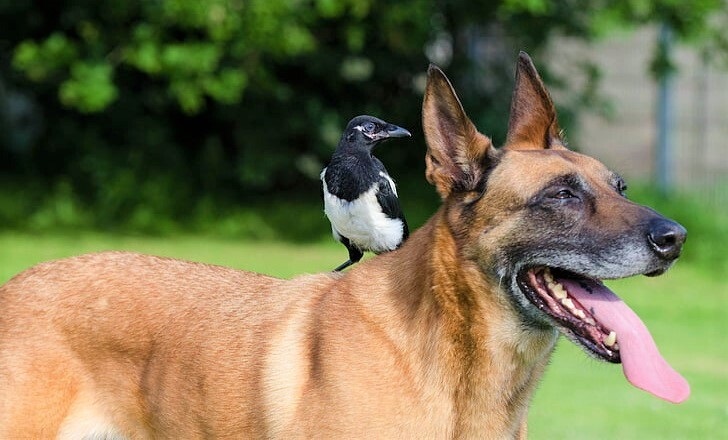
Health and Grooming
Thanks to a Belgian Malinois short waterproof coat, grooming is a relatively easy process.
Weekly brushing with a rubber grooming mitt and a medium bristle brush will suffice for the majority of the year, but in the fall and spring, when a Belgian Malinois sheds its double coat, daily brushing is needed unless you want dog hair all over your home.
A double coat type, if you didn’t already know, means a dog has two layers of fur, a soft, dense undercoat that grows fairly quickly, and a longer topcoat, which grows at a slower rate. Other well-known breeds of dogs who also have these coats are labradors, golden retrievers, and Siberian huskies.

When it comes to Belgian Malinois’ health and any health conditions, they’re typically a very healthy breed. However, the national breed club, AKC, does recommend checks for hip and elbow dysplasia as well as certain eye problems.
If you purchase your Belgian Malinois puppy from a responsible breeder, these screenings should have already been done prior.
Training and Exercise
You don’t get chosen to be a police dog, a military dog, and a drug and bomb detection dog for just any old reason. A Belgian Malinois’s intelligence and their highly trainable nature see them score A+s in obedience training and dog training in general.
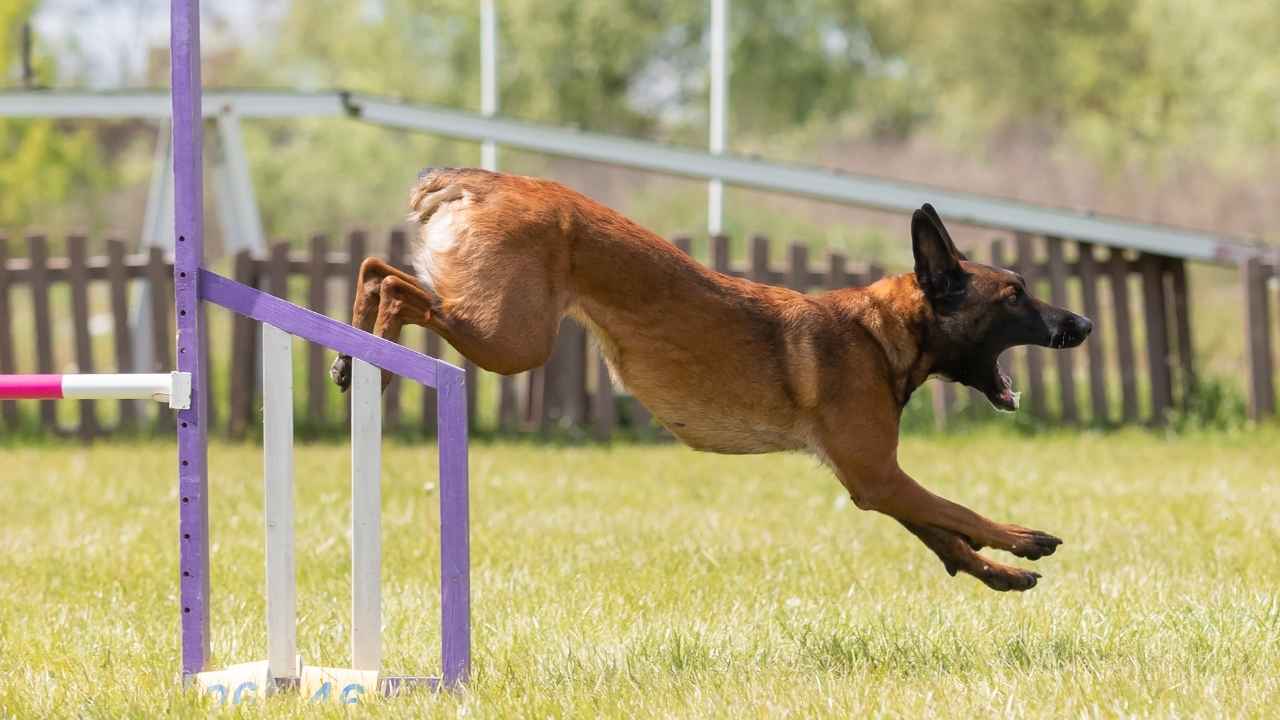
But with their intelligence comes the need for plenty of exercise, and if you were to have a Belgian Malinois as a family pet, you’re looking at three walks a day to burn off all their stored up energy.
Food and Diet
A Belgian Malinois’s size and high energy levels mean these dogs need adequate nutrition to keep them healthy and at a recommended weight. Depending on the dog’s age and weight, you should be feeding them high-quality dog food consisting of up to 30% protein once or twice a day.
Belgian Malinois puppies, like most other breeds, should eat more frequently, anywhere from four to six meals a day.
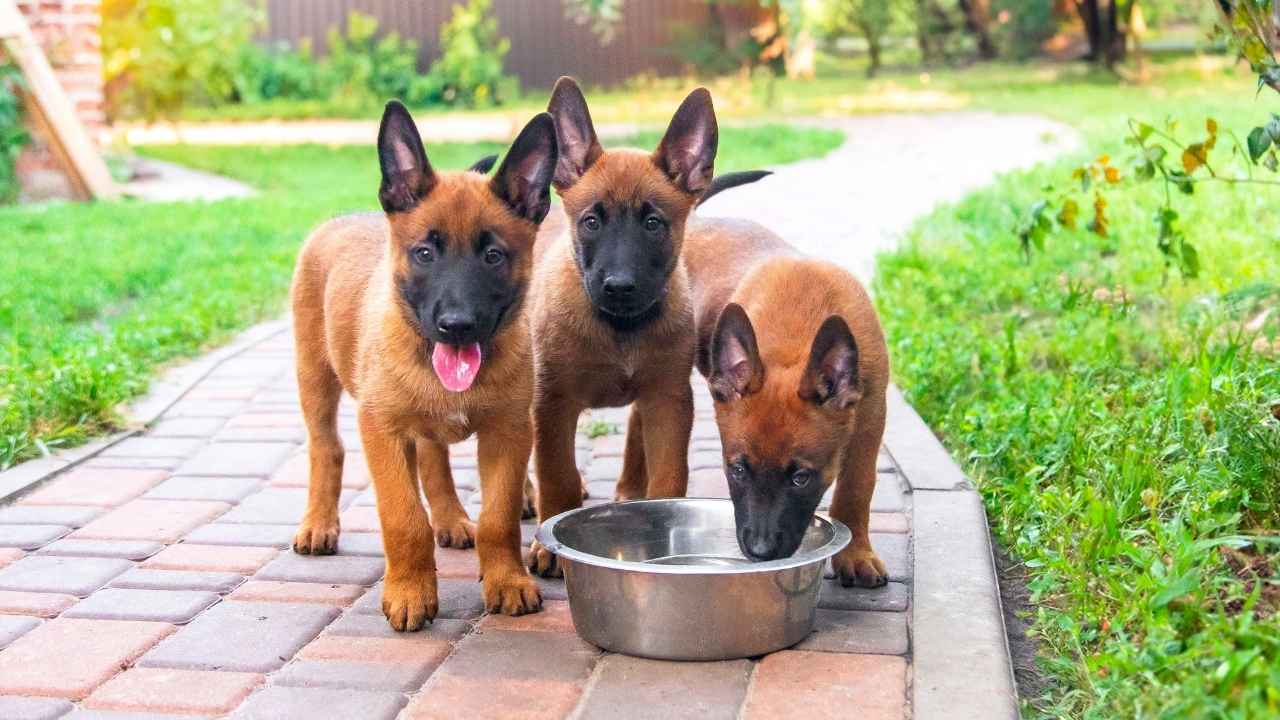
Relationship with Family
As I mentioned before, with the right training and early socialization, Belgian Malinois can get on incredibly well with young children and other animals.
Hiring a professional dog trainer or attending puppy classes will be a Belgian Malinois’ owner’s best bet, however, with dedication and extensive research, you could also train a Malinois at home.
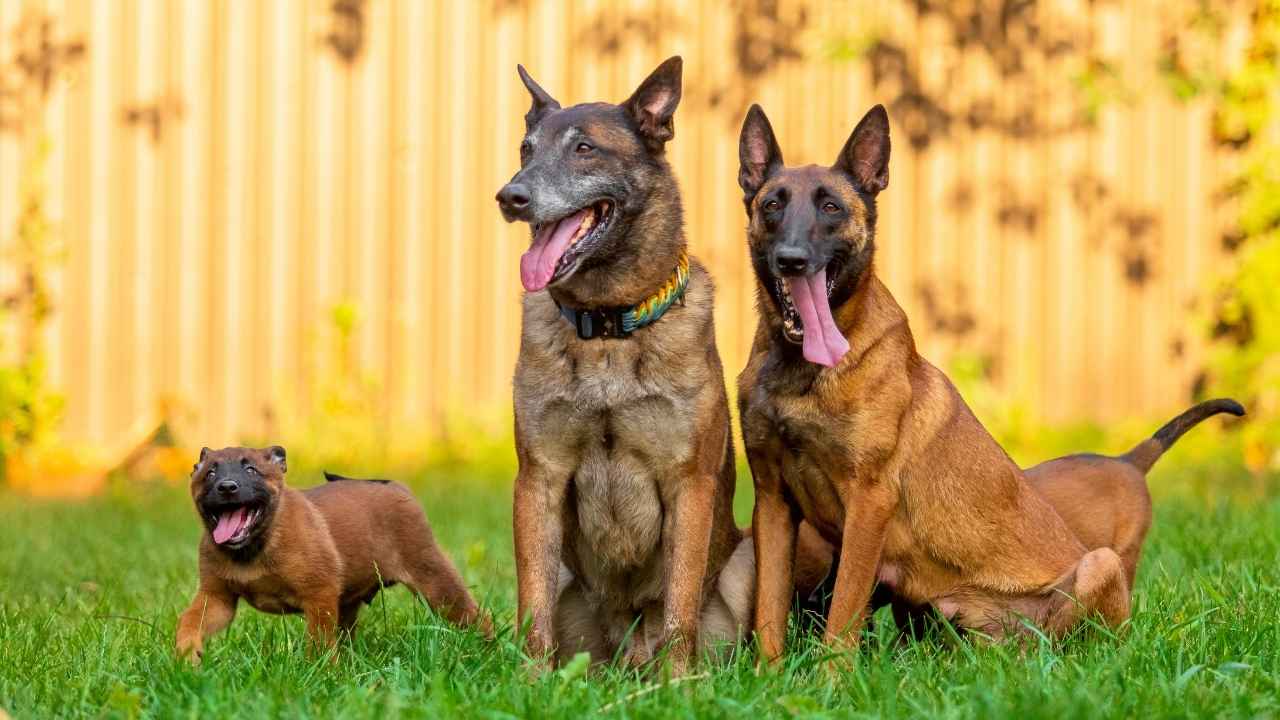
Conclusion
The Belgian Malinois is a magnificent breed that has worked tirelessly from day one. From the fields of Belgium and World War warzones to police departments in America and now even in Indian game reserves, the Belgian Malinois is a highly respected and cherished breed thanks to its dedicated work ethic and ability to learn.



